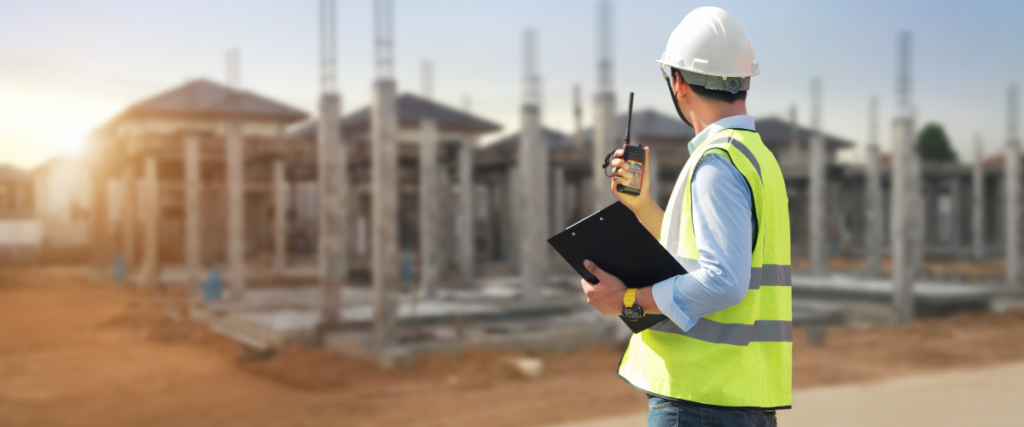Retaining walls are integral to civil engineering, providing crucial support to prevent soil erosion and landslides. Understanding the types of retaining walls and the factors contributing to their potential collapse is essential for ensuring the stability of these structures.
Types of Retaining Walls:
Gravity Walls: These heavyweights, often made of stone or concrete, rely on their own mass to resist the soil’s lateral pressure. Think of them as earth-hugging giants.
Cantilever Walls: Picture a diving board anchored at one end. These slender walls use a footing and internal reinforcement to transfer the soil pressure to the ground. They’re efficient for tight spaces but require careful calculations.
Sheet Pile Walls: Imagine corrugated metal driven deep into the earth, forming a barrier. These walls are perfect for soft soils and waterfronts, as they displace minimal soil and act like a watertight seal.
Anchored Walls: Think of a guy rope holding up a tent. These walls use steel rods or cables anchored deep into the ground to pull back against the soil pressure, making them ideal for tall walls or unstable slopes.
Why Retaining Walls Can Collapse?
Design Flaws: A wall not designed for the specific soil type, height, or surcharge (additional weight on top) is like a Jenga tower waiting to topple.
Construction Errors: Improper materials, faulty drainage, or inadequate footings can create internal cracks and weaknesses, paving the way for collapse.
Soil Instability: Earthquakes, erosion, or changes in water levels can destabilize the soil behind the wall, causing it to push or tilt.
Water Woes: Water is the enemy of retaining walls. Excess moisture can saturate the soil, reduce its bearing capacity, and trigger hydrostatic pressure, pushing the wall outwards.
Neglect and Lack of Maintenance: Cracks, corrosion, and vegetation growth can compromise the wall’s integrity over time, leading to eventual failure.
Preventing the Crumble:
Geotechnical Investigation: Before construction, a thorough study of the soil type, water table, and potential hazards is crucial for designing a stable wall.
Quality Materials and Construction: Using the right materials and following proper construction methods ensures the wall’s strength and longevity.
Drainage Systems: Proper drainage channels and weep holes prevent water from accumulating behind the wall, reducing pressure and erosion.
Regular Inspections and Maintenance: Regularly checking for cracks, leaks, and vegetation growth allows for timely repairs and prevents small problems from snowballing into big collapses.
Retaining walls may seem like silent sentinels, but understanding their types and vulnerabilities empowers us to appreciate their silent service and ensure their continued role as guardians against the shifting earth. Remember, a little knowledge and preventive care can go a long way in keeping these unsung heroes standing tall.
By understanding the different types of retaining walls and the factors that can contribute to their collapse, we can ensure the safety and stability of these important structures. Let’s work together to keep the earth held back, one sturdy wall at a time!



